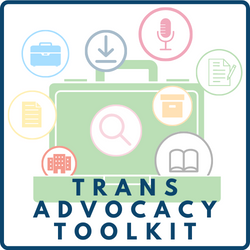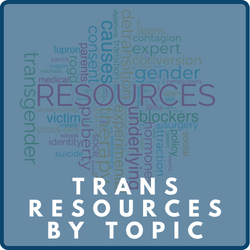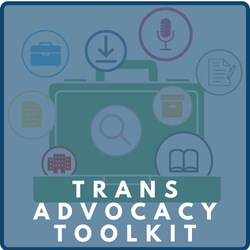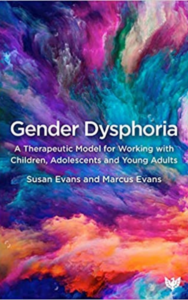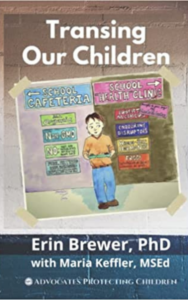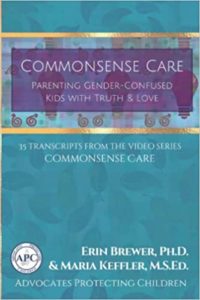UNDERSTANDING TRANSGENDER ISSUES
Resources by Topic
PUBERTY BLOCKERS | CROSS-SEX HORMONES | SURGERY | CONSENT | POTENTIAL CAUSES | ROGD | SUICIDE | SOCIAL TRANSITION | MEDICAL TRANSITION | SOCIAL CONTAGION | PARENTAL RIGHTS | POLICIES | EXPERIMENTATION | LEGISLATION | SOGI | WOMEN’S SPORTS | PUBLIC ACCOMMODATIONS | BIRTH CERTIFICATES | INTERSEX/DSD | COMPELLED SPEECH | AFFIRMATION | GENDER DYSPHORIA | DESISTERS/DETRANSITIONERS | THERAPY BANS
Social Contagion
Books
Videos
Organizations
Research
Evidence for an altered sex ratio in clinic-referred adolescents with gender dysphoria
Sociological and sociocultural explanations are offered to account for this recent inversion in the sex ratio of adolescents with gender dysphoria.
In on-line forums, parents have reported that their children seemed to experience a sudden or rapid onset of gender dysphoria, appearing for the first time during puberty or even after its completion. Parents describe that the onset of gender dysphoria seemed to occur in the context of belonging to a peer group where one, multiple, or even all of the friends have become gender dysphoric and transgender-identified during the same timeframe. Parents also report that their children exhibited an increase in social media/internet use prior to disclosure of a transgender identity.
The study’s purpose was to describe a population of individuals who experienced gender dysphoria, chose to undergo medical and/or surgical transition and then detransitioned by discontinuing medications, having surgery to reverse the efects of transition, or both.
Adolescents with Gender Dysphoria: Reflections on Some Contemporary Clinical and Research Issues
This article provides an overview of five contemporary clinical and research issues pertaining to adolescents with a diagnosis of gender dysphoria: (1) increased referrals to specialized gender identity clinics; (2) alteration in the sex ratio; (3) suicidality; (4) “rapid-onset gender dysphoria” (ROGD) as a new developmental pathway; (5) and best practice clinical care for adolescents who may have ROGD.
Prevalence studies conclude that fewer than 1 in 10,000 adult natal males and 1 in 30,000 adult natal females experience GD, but such estimates vary widely. GD in adults is associated with an elevated prevalence of comorbid psychopathology, especially mood disorders, anxiety disorders, and suicidality.
Detransition-Related Needs and Support: A Cross-Sectional Online Survey
The aim of this study is to analyze the specific needs of detransitioners from online detrans communities and discover to what extent they are being met.
Peer Contagion in Child and Adolescent Social and Emotional Development
In this article, we examine the construct of peer contagion in childhood and adolescence and review studies of child and adolescent development that have identified peer contagion influences. Evidence suggests that children’s interactions with peers are tied to increases in aggression in early and middle childhood and amplification of problem behaviors such as drug use, delinquency, and violence in early to late adolescence.
This prospective study examines the clinical characteristics of children (n = 79; 8.42–15.92 years old; 33 biological males and 46 biological females) presenting to a newly established, multidisciplinary Gender Service in New South Wales, Australia, and the challenges faced by the clinicians providing clinical services to these patients and their families.
Outbreak: On Transgender Teens and Psychic Epidemics
Currently, we appear to be experiencing a significant psychic epidemic that is manifesting as children and young people coming to believe that they are the opposite sex, and in some cases taking drastic measures to change their bodies.




